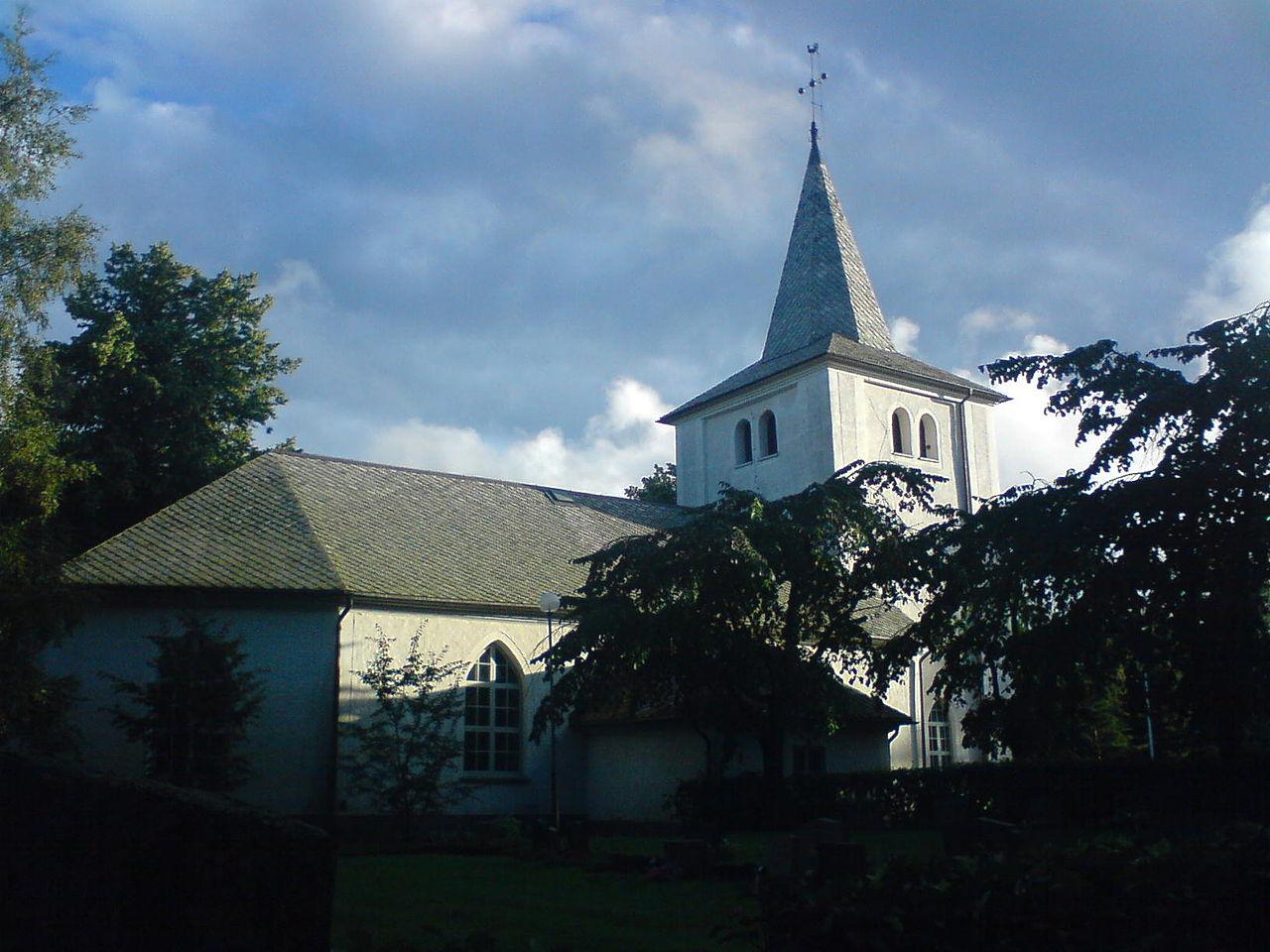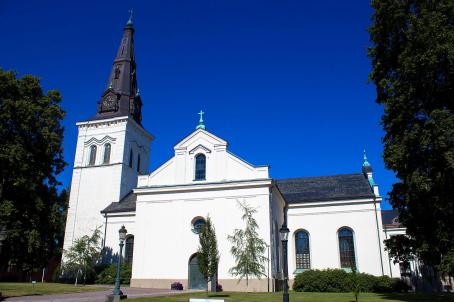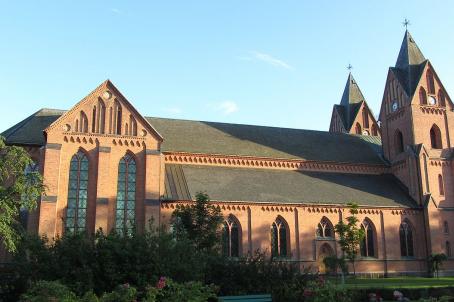Östra Fågelviks kyrka

Östra Fågelviks church was started in 1715 and work proceeded in stages until 1726, when a stone church with a typical plan of the time, consisting of a rectangular nave and a three-sided choir, was completed. Prior to this, there had been a wooden church on the same site since 1691. It burned down only after a decade of existence.





